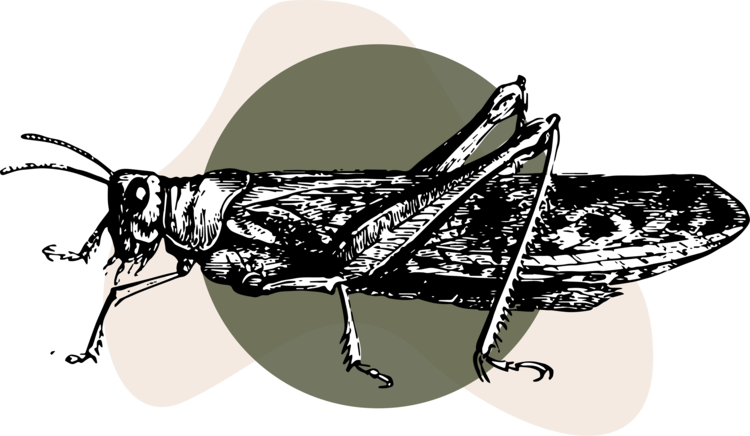Eco-Evo-Physiology
We are working to understand how a changing world affects life’s fundamental processes
Our research uncovers the drivers, mechanisms, and consequences of evolutionary change in energy pathways and metabolism. We explore physiological changes across invertebrate species, and how physiology interacts with environmental variability.
We believe that understanding how physiology responds to environmental variability allows us to predict the bigger consequences of human-driven climate change
Our work combines cutting edge techniques in metabolic biochemistry and physiology with a strong focus on theory, natural history, and fieldwork.
We collaborate widely with quantitative geneticists, ecological modellers, protein biochemists, computational biologists and bioinformaticians, systematists and taxonomists.










